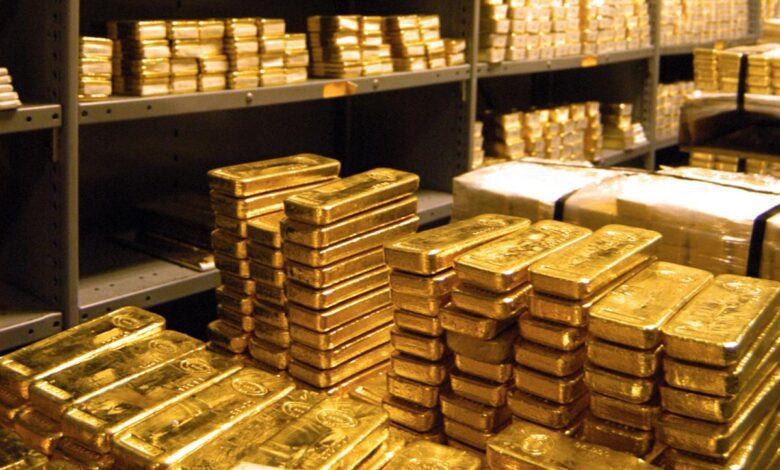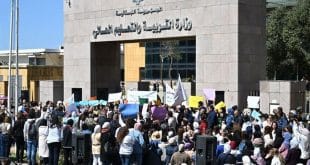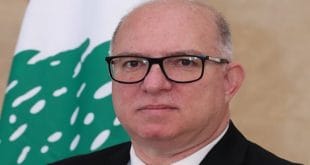إحتياطي مصرف لبنان من الأعلى في العالم والدولة مفلسة!
ماذا يعني احتياطي مصرف لبنان الضخم في ظل الأزمة الاقتصادية؟
يُعتبر احتياطي مصرف لبنان من الذهب من أعلى الاحتياطيات في العالم، حيث يبلغ حوالي 37 مليار دولار بحسب سعر سوق الذهب الحالي، وهو ما يُعادل أكثر من 100% من الناتج المحلي الإجمالي للبنان. ويُعدّ هذا الرقم ضخمًا مقارنةً باحتياطي معظم الدول التي لا يتجاوز احتياطيها الـ10% إلى 20% من الناتج المحلي.
لماذا لا يحتاج مصرف لبنان إلى هذا الاحتياطي الكبير؟
في الواقع، يحتاج مصرف لبنان إلى احتياطي يتراوح ما بين 3 إلى 7 مليارات دولار فقط، وهو أقل بكثير مما هو موجود حاليًا. بينما تعمل الدول الأخرى على استثمار احتياطياتها في الاقتصاد لخلق فرص عمل وتحقيق معدلات نمو مرتفعة، يظل لبنان يركز على الاحتفاظ بكميات ضخمة من الذهب، دون أن يُسهم ذلك بشكل فعّال في تحفيز النمو أو خلق الاستثمارات الداخلية.
الاستثمار في الذهب: هل هو الخيار الأمثل؟
بالمقارنة مع الاستثمار في سندات الخزينة، يُعدّ الاستثمار في الذهب أقل فائدة. ففي حين يرتفع سعر الذهب في فترات معينة مما يتيح فرصة للاستفادة عبر بيعه، إلا أن الذهب لا يحقق عوائد ثابتة مثل السندات الحكومية التي تُحقق أرباحًا وتنمو على المدى الطويل.
مقارنة بين عوائد الذهب والسندات الأمريكية
ارتفع سعر أونصة الذهب من 850 دولارًا عام 1975 إلى 2900 دولار حاليًا. إذا نظرنا إلى قيمة احتياطي لبنان من الذهب، والذي يبلغ 9.2 مليون أونصة، سنجد أن قيمته اليوم تصل إلى 26 مليار دولار. لكن لو تم استثمار نفس المبلغ في سندات الخزينة الأمريكية ذات العائد المتوسط 4.8% بين 1975 و2025، لكانت قيمة الاستثمار اليوم قد وصلت إلى 81 مليار دولار، أي ما يعادل ثلاثة أضعاف العائد على الذهب. من هنا، يظهر أن لبنان خسر حوالي 54 مليار دولار من العوائد على مدار أربعين عامًا بسبب الاستثمار في الذهب.
حلول مقترحة لاستعادة الثقة وتحقيق العدالة
من أجل استعادة الثقة بالقطاع المصرفي وتحقيق السيولة اللازمة للاقتصاد اللبناني، يمكن لمصرف لبنان إعادة 30 مليار دولار من ديونه التي تبلغ 77 مليار دولار للمودعين. هذا الإجراء سيسمح لكل مودع بالحصول على 35% من ودائعه فورًا كدولار “فريش”، مما يعيد الثقة بالمصارف ويساهم في إحياء الاقتصاد اللبناني. أما ما تبقى من الودائع، فيمكن أن تصبح ودائع ادّخارية في المصارف، تستحق بعد فترة تتراوح من سنة إلى 5 سنوات.
إصلاحات ضرورية لدعم الاقتصاد اللبناني
بالإضافة إلى هذا الحل المالي، من الضروري دعم القطاع المصرفي بإصلاحات جذرية في القطاعات الأخرى. من بين هذه الإصلاحات: تحقيق فائض أولي في المالية العامة لتوفير خدمة ما تبقى من ديون مصرف لبنان والدولة. أما خطط شطب الودائع أو نقلها إلى صناديق استرداد الودائع أو استبدالها بسندات حكومية، فهي ستكون كارثية وستدمّر الاقتصاد اللبناني وتفقد الحكومة أي ثقة متبقية في النظام.
Lebanon's Reserves Are Among the Highest in the World, Yet the Country Is Bankrupt
What Does Lebanon's Massive Reserve Mean Amid the Economic Crisis?
Lebanon's gold reserves are among the highest in the world, totaling about $37 billion based on the current gold market price. This reserve represents over 100% of Lebanon's Gross Domestic Product (GDP). This figure is strikingly high compared to most countries, where reserves typically range between 10% to 20% of GDP.
Why Does Lebanon Not Need Such Large Reserves?
In reality, Lebanon only needs between $3 billion to $7 billion in reserves, much less than the current reserve. While other countries invest their reserves to stimulate their economies, create jobs, and drive growth, Lebanon’s reserves remain largely in gold, which has not effectively contributed to boosting the country’s economic performance.
Is Investing in Gold the Best Option?
In comparison to investing in Treasury bonds, investing in gold is less beneficial. While the price of gold rises during certain periods, providing an opportunity to sell at a profit, gold does not offer consistent returns like government bonds, which generate steady profits and grow over time.
Comparison Between Gold Returns and U.S. Treasury Bonds
The price of gold has risen from $850 per ounce in 1975 to $2900 today. If the same amount of money had been invested in U.S. Treasury bonds, which have an average return of 4.8% between 1975 and 2025, the value of the investment would have grown to $81 billion, three times the returns from gold. This shows that Lebanon lost about $54 billion in returns over 40 years by investing in gold.
Proposed Solutions to Restore Confidence and Ensure Fairness
To restore confidence in the banking sector and secure the necessary liquidity for the Lebanese economy, the Central Bank of Lebanon could use $30 billion from its reserves to pay off part of its debts. This would allow depositors to receive 35% of their deposits immediately in fresh dollars, restoring trust in the banking system and helping to revive the Lebanese economy. The remaining deposits could become savings deposits with a maturity period ranging from one to five years.
Necessary Reforms to Support Lebanon’s Economy
In addition to this financial solution, Lebanon must implement comprehensive reforms across other sectors. Key reforms include achieving a primary surplus in public finances to cover remaining debts to the Central Bank and the state. Meanwhile, plans to write off deposits, transfer them to deposit recovery funds, or replace them with government bonds would be catastrophic, destroying Lebanon’s economy and eroding any remaining confidence in the government and the system.
Translated by economyscopes team
المصدر: الدكتور منير راشد – الجمهورية
 سكوبات عالمية إقتصادية – EconomyScopes إجعل موقعنا خيارك ومصدرك الأنسب للأخبار الإقتصادية المحلية والعربية والعالمية على أنواعها بالإضافة الى نشر مجموعة لا بأس بها من فرص العمل في لبنان والشرق الأوسط والعالم
سكوبات عالمية إقتصادية – EconomyScopes إجعل موقعنا خيارك ومصدرك الأنسب للأخبار الإقتصادية المحلية والعربية والعالمية على أنواعها بالإضافة الى نشر مجموعة لا بأس بها من فرص العمل في لبنان والشرق الأوسط والعالم




